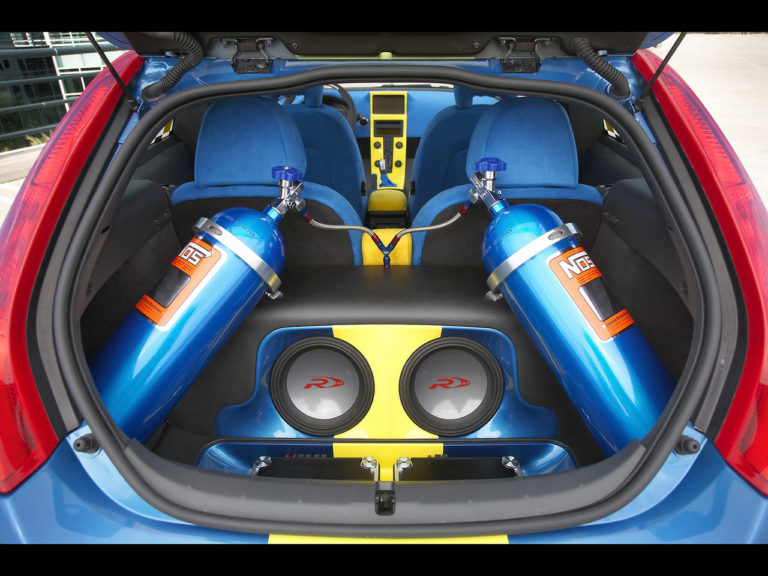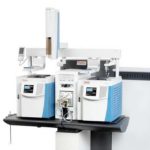- Arian gas company activities in supplying different kinds of industrial, laboratory, and medical gases.
- pure Nitrous oxide Gas
- Nitrous oxide, commonly known as laughing gas, nitrous, nitro, or NOS is a chemical compound with the formula N2O. It is an oxide of nitrogen. At room temperature, it is a colourless, non-flammable gas, with a slightly sweet odour and taste. It is used in surgery and dentistry for its anaesthetic and analgesic effects. It is known as "laughing gas" due to the euphoric effects of inhaling it, a property that has led to its recreational use as a dissociative anaesthetic. It is also used as an oxidizer in the launching of rockets (= rocketry) and in motor racing to increase the power output of engines. At elevated temperatures, nitrous oxide is a powerful oxidizer similar to molecular oxygen.
- Nitrous oxide gives rise to NO (nitric oxide) on reaction with oxygen atoms, and this NO in turn reacts with ozone. As a result, it is the main naturally occurring regulator of stratospheric ozone. It is also a major greenhouse gas and air pollutant. Considered over a 100-year period, it has 298 times more impact per unit mass (global warming potential) than carbon dioxide.
- It is on the World Health Organization's List of Essential Medicines, a list of the most important medications needed in a health system.
Main applications
- Industries Applications
- Pharmaceuticals
- Nitrous oxide is used as gas propellant for aerosols packaging.
- Food and Beverage
- Nitrous oxide is used as gas propellant for aerosols packaging.
- Laboratories & analysis
- Nitrous oxide is a comburant for the flame in atomic absorption spectrophotometry.
- N2O is used in calibration gas mixtures for petrochemical industry; environmental emission monitoring, industrial hygiene monitors and trace impurity analyzers.
- Electronics
- In semiconductor manufacturing, nitrous oxide can be the oxygen source for chemical vapor deposition (CVD) of silicon oxynitride (doped or undoped) or silicon dioxide.
- Other industries
- Combustive for engine of scale models
- Gas Properties
Molecular weight : 44.013 g/mol Solid phase
- Melting point : -91 °C
- Latent heat of fusion (1,013 bar, at triple point) : 148.53 kJ/kg
Liquid phase
- Liquid density (1.013 bar at boiling point) : 1222.8 kg/m3
- Liquid/gas equivalent (1.013 bar and 15 °C (59 °F)) : 662 vol/vol
- Boiling point (1.013 bar) : -88.5 °C
- Latent heat of vaporization (1.013 bar at boiling point) : 376.14 kJ/kg
- Vapor pressure (at 20 °C or 68 °F) : 58.5 bar
Critical point
- Critical temperature : 36.4 °C
- Critical pressure : 72.45 bar
Gaseous phase
- Gas density (1.013 bar at boiling point) : 3.16 kg/m3
- Gas density (1.013 bar and 15 °C (59 °F)) : 1.872 kg/m3
- Compressibility Factor (Z) (1.013 bar and 15 °C (59 °F)) : 0.9939
- Specific gravity (air = 1) (1.013 bar and 21 °C (70 °F)) : 1.53
- Specific volume (1.013 bar and 21 °C (70 °F)) : 0.543 m3/kg
- Heat capacity at constant pressure (Cp) (1.013 bar and 15 °C (59 °F)) : 0.038 kJ/(mol.K)
- Heat capacity at constant volume (Cv) (1.013 bar and 15 °C (59 °F)) : 0.029 kJ/(mol.K)
- Ratio of specific heats (Gamma:Cp/Cv) (1.013 bar and 15 °C (59 °F)) : 1.302256
- Viscosity (1.013 bar and 0 °C (32 °F)) : 0.000136 Poise
- Thermal conductivity (1.013 bar and 0 °C (32 °F)) : 14.57 mW/(m.K)


